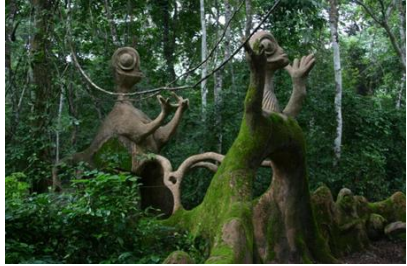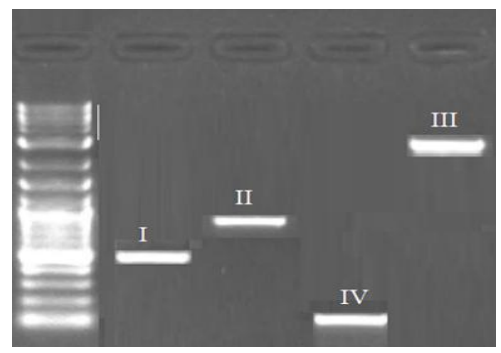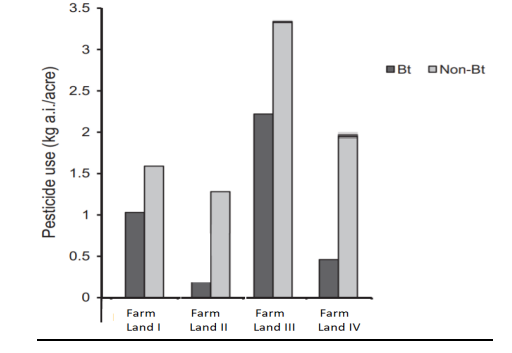CLASS 12 CBSE TERM2 BIOLOGY SPECIMEN 2022
BOARD -
CLASS -
SUBJECT -
CBSE
12th
BIOLOGY
Paper Pattern for Written Term-II
TIME -
MARKS -
2 Hour
35
Visit CBSE OFFICIAL PAGE for Regulations and Syllabus of Class 12th CBSE
Solved Specimen Paper Semester-2 2022
Section-A
Question 1
Humans have innate immunity for protection against pathogens that may enter the gut along with food. What are the two barriers that protect the body from such pathogens?
Solution
Microbial pathogens enter the gut of humans along with food:
1. Physical barriers: Mucus coating of the epithelium lining the
gastrointestinal tract helps in trapping microbes entering our body.
2. Physiological barriers: Acid in the stomach, saliva in the mouth
prevent microbial growth
Question 2
A patient admitted in ICU was diagnosed to have suffered from
myocardial infarction. The condition of coronary artery is depicted in the
image below.
Name two bioactive agents and their mode of action that can improve this
condition.
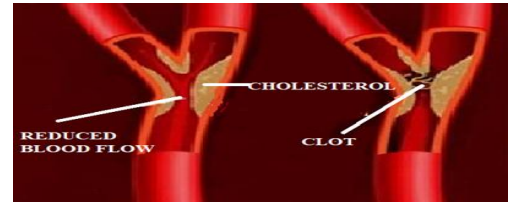
Solution
Streptokinase (produced by the bacterium Streptococcus) is used as a
‘clot buster’ for removing clots from the blood vessels of patients who
have undergone myocardial infarction.
Statins (produced by the yeast Monascus purpureus) act as bloodcholesterol lowering agents.
OR
Substantiate by giving two reasons as to why a holistic understanding of the flora and fauna the cropland is required before introducing an appropriate biocontrol method.
Solution
Eradication of pests will disrupt predator-prey relationships, where
beneficial predatory and parasitic insects which depend upon flora and
fauna as food or hosts, may not be able to survive. (1 mark)
Holistic approach ensures that various life forms that inhabit the field,
their life cycles, patterns of feeding and the habitats that they prefer
are extensively studied and considered.
Question 3
Identify the compound chemical structure is shown below. State any three of its physical properties
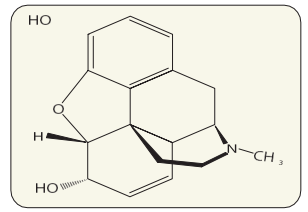
Solution
It is Morphine.
Physically it appears as a white, odourless, crystalline compound.
Question 4
Water samples were collected at points A, B and C in a segment of a river
near a sugar factory and tested for BOD level. The BOD levels of samples
A, B and C were 400 mg/L, 480 mg/L and 8 mg/L respectively.
What is this indicative of? Explain why the BOD level gets reduced
considerably at the collection point C?
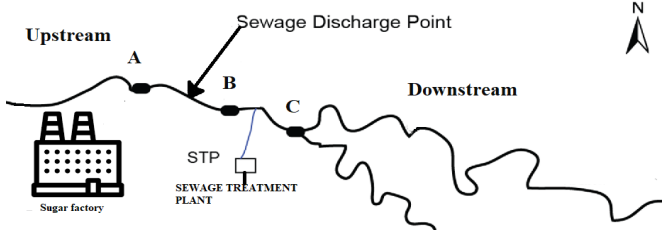
Solution
At collection points A and B, the BOD level is high due to high organic
pollution caused by sugar factory and sewage discharge. (1 mark)
At the collection point C, the water was released after secondary
treatment/ biological treatment (where vigorous growth of useful
aerobic microbes into flocs consume the major part of the organic
matter present in the river water or effluent due to sugar factory and
sewage discharge).
Question 5
An ecologist study an area with population A, thriving on unlimited resources and showing exponential growth, introduced population B and C to the same area. What will be the effect on the growth pattern of the population A, B and C when living together in the same habitat?
Solution
This interaction will lead to competition between the individuals of
population A,B and C for resources. Eventually the ‘fittest’ individuals
will survive and reproduce.
The resources for growth will become finite and limiting, and
population growth will become realistic.
Question 6
With the decline in the population of fig species it was noticed that the population of wasp species also started to decline. What is the relationship between the two and what could be the possible reason for decline of wasps?
Solution
The relationship between the plant and pollinator is called mutualism.
Fig depends on wasp for pollination, and wasp depends on fig for
food and shelter.
With the decline in population of figs, wasp loses its source of food
and shelter.
OR
With the increase in the global temperature, the inhabitants of Antarctica are facing fluctuations in the temperature. Out of the regulators and the conformers, which of the two will have better chances of survival? Give two adaptations that support them to survive in the ambient environment? Give one suitable example.
Solution
Regulators;
Thermoregulation, Osmoregulation
Birds/mammals (any one)
Section-B
Question 7
How do normal cells get transformed into cancerous neoplastic cells? Elaborate giving three examples of inducing agent.
Solution
Transformation of normal cells into cancerous neoplastic cells may be
induced by following physical, chemical or biological agents causing
DNA damage:
● Ionising radiations like X-rays and gamma rays
● Non-ionizing radiations like UV.
● Chemical carcinogens present in tobacco smoke
● Cellular oncogenes (c-onc) or proto-oncogenes, when
activated under certain conditions cause cancer. Viruses with
oncogenes can transform normal cells to cancerous cells
OR
A person is suffering from a high-grade fever. Which symptoms will help to identify if he/she is suffering from Typhoid, Pneumonia or Malaria?
Solution
If the person has sustained high fever (39° to 40°C), weakness,
stomach pain, constipation, headache and loss of appetite, it is
Typhoid.
If the person has fever, chills, cough and headache; and the lips and
fingernails turn gray to bluish, it is Pneumonia.
If the person has chills and high fever recurring every three to four
days then, it is Malaria.
Question 8
Recognition of an antigenic protein of a pathogen or exposure to a pathogen occurs during many types of immune responses, including active immunity and induced active immunity. Specify the types of responses elicited when human beings get encountered by a pathogen.
Solution
● When our body encounters an antigenic protein or a pathogen for
the first time it produces a response which is of low intensity and
our body retains memory of the first encounter.
● The subsequent encounter with the same pathogen elicits a
highly intensified response carried out with the help of two
special types of lymphocytes present in our blood, B-
lymphocytes, and T-lymphocytes.
● The B-lymphocytes produce an army of proteins in response to
these pathogens into our blood to fight with them. These proteins
are called antibodies. The T-cells themselves do not secrete
antibodies but help B-cells produce them.
Question 9
In a pathological lab, a series of steps were undertaken for finding the gene of interest. Describe the steps, or make a flow chart showing the process of amplification of this gene of interest.
Solution
The flow chart shows the three steps involved in the process of PCR
showing the following
- Denaturation The DNA strands are treated with a temperature of
940C (Heat) and the strands are separated.
- Annealing The primers anneal to the complementary strands
- Extension The DNA polymerase facilitates the extension of the
strands.
OR

